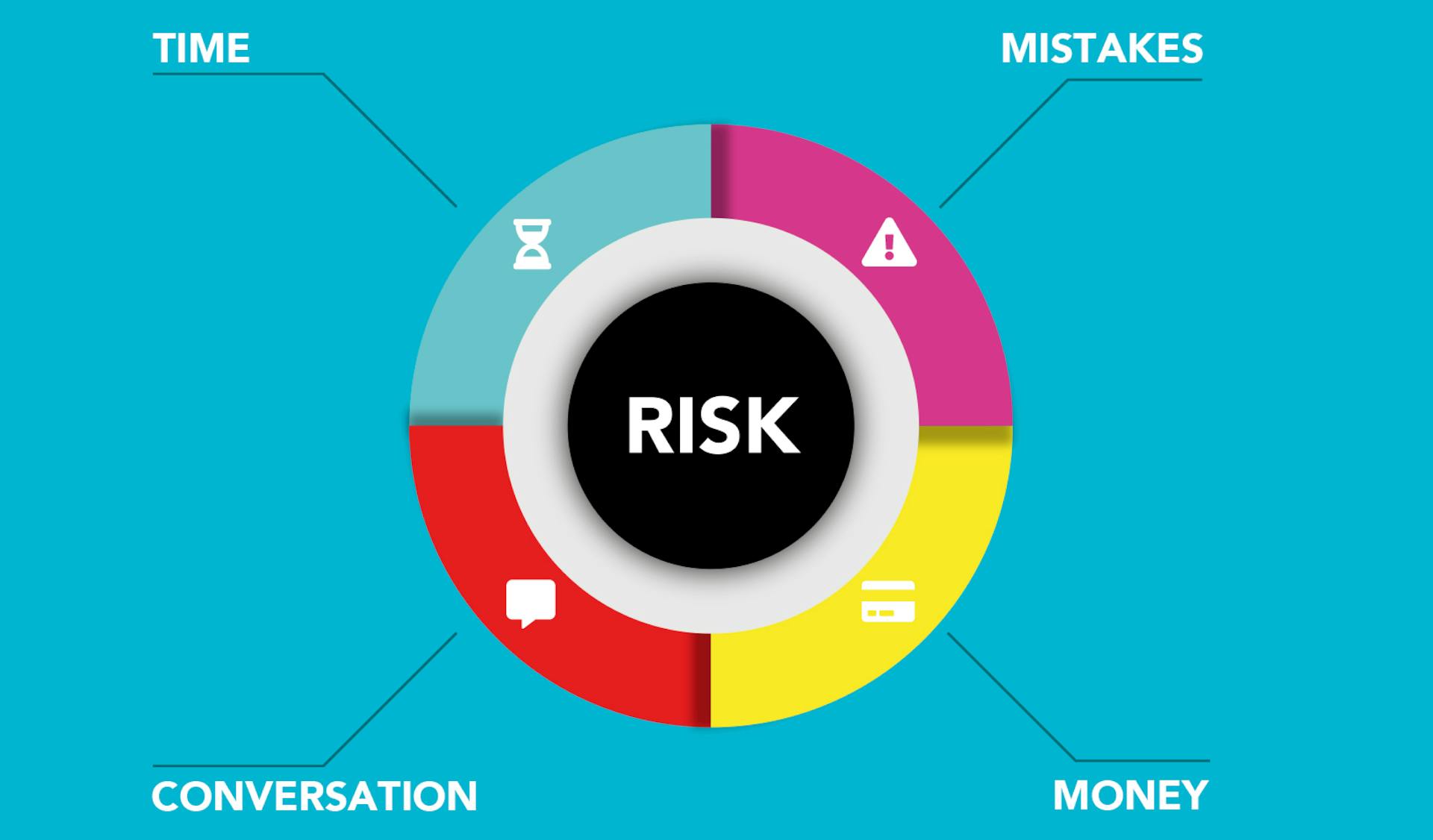
Financial leverage ratios are a crucial tool for businesses and investors to assess their financial health and make informed decisions. A high debt-to-equity ratio can indicate a higher risk of bankruptcy.
The debt-to-equity ratio is calculated by dividing total liabilities by total shareholders' equity. For example, a company with $100,000 in liabilities and $50,000 in shareholders' equity would have a debt-to-equity ratio of 2:1.
A healthy debt-to-equity ratio is generally considered to be around 1:1 or less. This means that for every dollar of debt, the company has at least one dollar of equity to cover it.
Businesses with high debt-to-equity ratios may struggle to meet their financial obligations, making it essential to monitor and manage this ratio carefully.
You might enjoy: What Does Negative Equity Mean on Balance Sheet
Understanding Financial Leverage
Financial leverage is a powerful tool for investors and companies to boost their returns and grow their operations. It involves using debt or borrowed capital to undertake an investment or project.
Investors use leverage to significantly increase the returns on their investments, and they can do this using various instruments such as options, futures, and margin accounts. Companies can also use leverage to finance their assets, rather than issuing stock to raise capital.
The point of financial leverage is to multiply the potential returns from a project, but it also multiplies the potential downside risk if the investment doesn't pan out. A company with a high degree of leverage is more likely to have volatile earnings.
There are three major types of leverages that financial management focuses on: financial leverage, operating leverage, and combined leverage. These types of leverage can have significant risks, such as financial strain, reputational damage, and even bankruptcy, if not managed wisely.
The degree of financial leverage (DFL) ratio is a useful tool for fundamental analysts to assess a company's sensitivity to changes in operating income. A higher DFL ratio indicates a higher degree of leverage, which can lead to more volatile earnings.
Here are the three major types of leverages in financial management:
Calculating Financial Leverage
Calculating financial leverage is a crucial step in understanding a company's financial health. You can calculate the financial leverage ratio by dividing the average balance of a company's total assets by its total shareholders' equity.
The formula for the financial leverage ratio is straightforward: [($150 million + $180 million) ÷ 2] ÷ [($100 million + $120 million) ÷ 2] = 1.5x. This means that for every $1.00 of total assets, there is $1.50 of total debt.
To perform credit ratio analysis, you'll also need to calculate other credit ratios, such as the leverage ratio, interest coverage ratio, and debt to equity (D/E) ratio. These ratios can help you better grasp the financial health of a company.
Here are the formulas for these ratios:
- Leverage Ratio: Total Debt / Total Assets
- Interest Coverage Ratio: EBIT / Interest Expense
- Debt to Equity (D/E) Ratio: Total Debt / Total Equity
By calculating these ratios, you can determine a company's credit risk and make informed decisions about its financial health.
Types of Financial Leverage
Financial leverage can be a powerful tool for increasing returns on investments and optimizing financial structure. There are three major types of leverage in financial management.
Financial leverage refers to using borrowed funds to gain access to expensive assets that would otherwise be out of reach. With financial leverage, one can increase returns on investments by generating higher returns than the cost of borrowing.
Operating leverage involves using fixed costs to increase revenue and profitability. If managed wisely, operating leverage can lead to increased profits, but it also comes with significant risks.
Combined leverage is a combination of financial and operating leverage, and it can be a double-edged sword. If not managed carefully, combined leverage can lead to financial strain, reputational damage, and even bankruptcy.
Here's an interesting read: Investment Returns Definition
Analyzing Financial Leverage
Financial leverage can be a powerful tool for businesses, but it's essential to understand how to analyze it effectively. The most common methods to analyze leverage risk include the leverage ratio, capitalization ratio, and interest coverage ratio.
The leverage ratio is a simple yet effective way to measure a company's leverage risk. It's calculated by dividing total debt by EBITDA, which gives you a quick snapshot of a company's ability to pay its debts. The total leverage ratio, senior debt ratio, and net debt leverage ratio are all variations of this calculation.
Expand your knowledge: Financial Risk and Non Financial Risk
A company's capitalization ratio can also provide valuable insights into its leverage risk. The debt to equity ratio, debt to capital ratio, and long debt to capital ratio are all important metrics to consider. The debt to equity ratio, for example, is calculated by dividing total debt by total shareholders' equity.
Interest coverage ratio is another key metric to analyze when evaluating a company's leverage risk. This ratio measures a company's ability to pay its interest expenses, and it's calculated by dividing EBIT by interest expense. A good interest coverage ratio is generally considered to be 3 or higher, although this can vary by industry.
Here are some common leverage ratios to consider:
By analyzing these leverage ratios, you can get a better understanding of a company's leverage risk and make more informed investment decisions. Remember, financial leverage can be a double-edged sword – it can amplify earnings, but it can also multiply risk.
Example #1
Financial leverage ratios are used to calculate how much debt a company is using to maximize profits. They help us understand a company's financial health by analyzing its debt and equity.
The financial leverage ratio is a straightforward calculation that involves dividing the average balance of a company's total assets by its total shareholders' equity. This ratio helps us understand the proportion of debt to assets on a company's balance sheet. For example, a company with $150 million in total assets and $100 million in shareholders' equity would have a financial leverage ratio of 1.5x.
There are several common leverage ratios used to analyze a company's financial health. One of them is the leverage ratio, which is calculated as total debt divided by total assets. This ratio indicates how much debt a company is using to finance its assets. For instance, a company with $50 million in assets and $20 million in debt would have a leverage ratio of 0.40x.
Here's a list of common leverage ratios:
- Debt/Assets = Total Debt ÷ Total Assets
- Debt/Equity = Total Debt ÷ Total Equity
- Debt/Capital = Total Debt ÷ (Total Debt + Total Equity)
- Debt/EBITDA = Total Debt ÷ EBITDA
- Asset/Equity = Total Assets ÷ Total Equity
These ratios can help us understand a company's financial leverage and identify potential risks or opportunities. By analyzing these ratios, we can get a better picture of a company's financial health and make more informed decisions.
A unique perspective: The Current Ratio Measures a Company's
Common Financial Leverage Ratios
Financial leverage ratios are a crucial tool for understanding a company's financial health and risk profile. They help investors, lenders, and analysts assess how much debt a company has relative to its assets, equity, and income.
The debt-to-assets ratio is a simple yet effective measure of a company's leverage. It's calculated by dividing total debt by total assets. A ratio of 1.0 means a company has $1 of debt for every $1 of assets.
The debt-to-equity ratio, on the other hand, compares a company's debt to its equity. It's calculated by dividing total debt by total equity. A ratio greater than 1.0 means a company has more debt than equity.
A different take: The Debt to Assets Ratio Is Computed by Dividing
Here are 5 common financial leverage ratios:
The debt-to-EBITDA ratio is particularly useful for understanding a company's ability to service its debt. A higher ratio indicates higher financial leverage. The equity multiplier, which is calculated by dividing total assets by total equity, also provides insights into a company's leverage. A higher equity multiplier suggests more financial leverage is being used.
Best Practices
To get the most out of financial leverage ratios, it's essential to compute them with accurate financial numbers. This ensures that your analysis is based on reliable data.
Financial ratios can be a powerful tool for measuring a company's performance, but only if they're calculated correctly.
Analyzing leverage ratios involves evaluating the extent to which a business is utilizing borrowed money, which also assesses the company's solvency and capital structure.
To drive effective decision-making, compare ratios across periods to identify performance trends. This helps you understand how your company is doing over time.
High leverage in a firm's capital structure can be risky, but it also provides benefits, such as amplified profits during good times.
Use relative competitor and industry benchmarks to measure performance, which gives you a better understanding of how your company stacks up against others.
Calculating accurate financial ratios and interpreting them correctly are crucial for making informed business decisions.
Accurate, real-time data is essential for making effective decisions, and this is precisely what Datarails offers.
Frequently Asked Questions
What does a leverage ratio of 1.5 mean?
A leverage ratio of 1.5 indicates a moderate level of financial leverage, where a company uses $1.50 of debt for every $1 of equity capital. This balanced mix of funding sources helps finance assets.
What is the formula for financial leverage ratio?
The formula for financial leverage ratio is Total Debt / Total Equity, which measures a company's debt financing proportion in its capital structure. This ratio helps investors and analysts assess a company's financial health and risk.
Sources
- https://www.investopedia.com/terms/l/leverage.asp
- https://www.wallstreetprep.com/knowledge/financial-leverage/
- https://corporatefinanceinstitute.com/resources/accounting/leverage-ratios/
- https://www.fincart.com/blog/understanding-financial-leverage-types-importance/
- https://www.datarails.com/5-key-financial-ratios/
Featured Images: pexels.com


